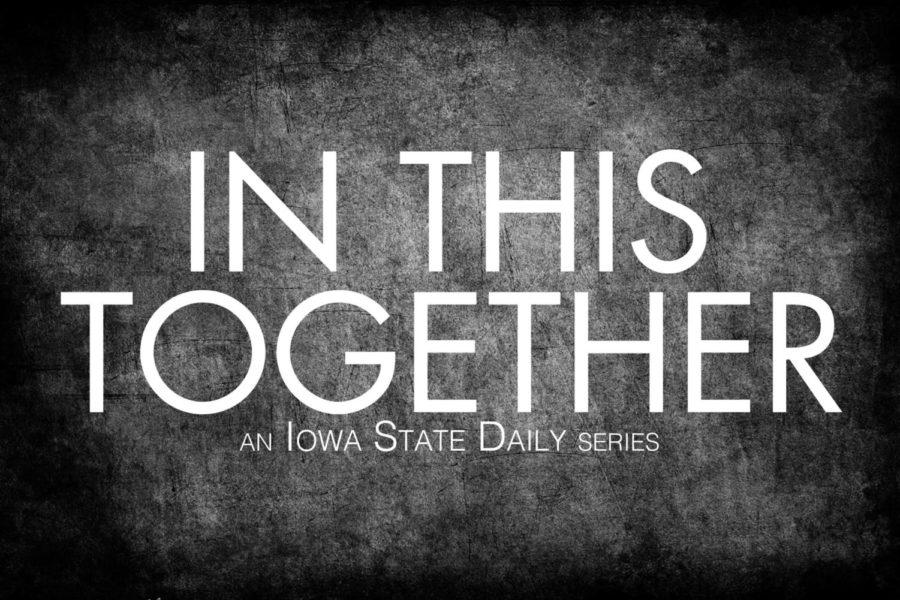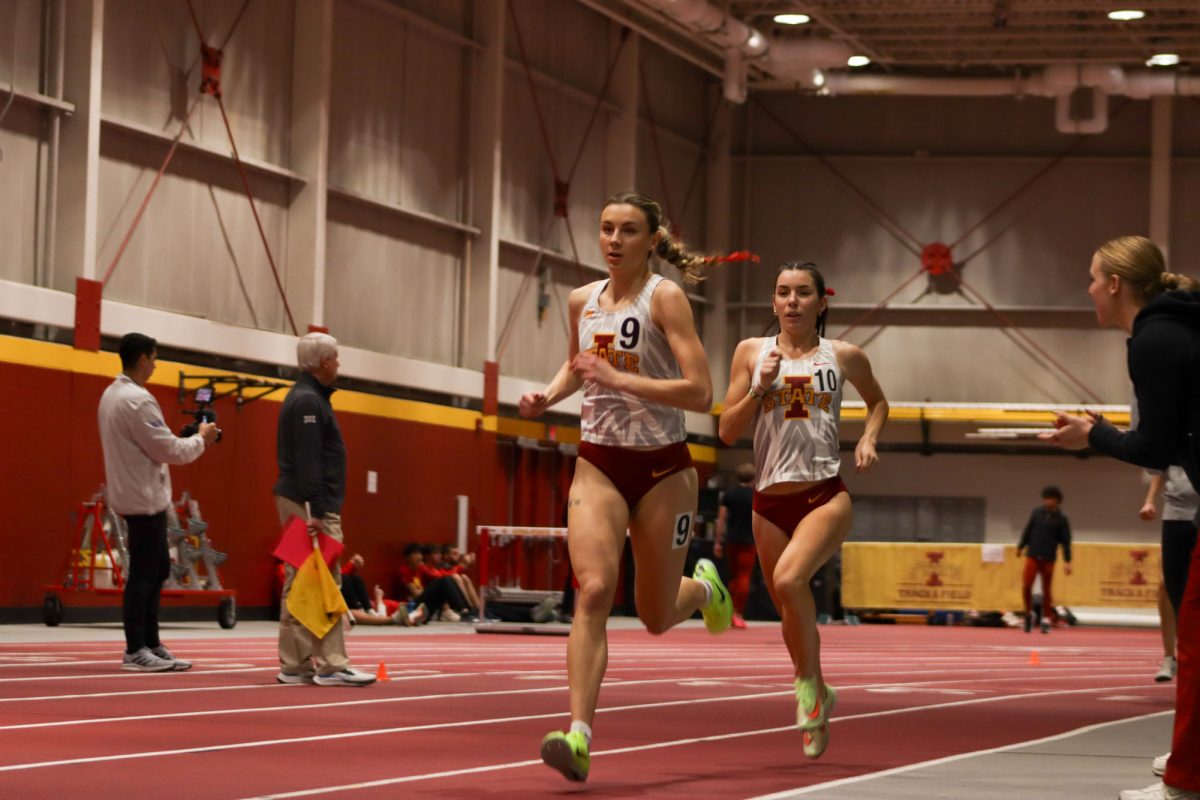- App Content
- App Content / News
- News
- News / Academics
- News / Politics And Administration
- News / Politics And Administration / Campus
In this together: Understanding a complex climate
March 26, 2017
Trigger warning: This content uses language that may trigger sexual assault survivors.
Sexual assault is a complex and horrible issue. It is personal, it is heartbreaking and it is different in every case. But if we ever want to put an end to sexual assault, we have to stop letting its complexity get in our way.
This is the tenth story in a semester-long series where the Daily will publish a multitude of stories related to sexual assault, including discussions about various resources survivors can obtain if they are comfortable doing so.
— Emily Barske, editor in chief
She described the assault as his 15 minutes of fun.
She even counted the days since the incident, which at the time was 914.
Over 2.5 years to work through the legal system, to go through the university, to sit at a podium and face her assaulter.
It’s September 2016, and former Iowa State student and sexual assault victim Melissa Maher reads from a prepared statement during the sentencing of her perpetrator, Patrick Whetstone, who had just accepted a plea deal – guilty on charges of assault with intent to commit sexual assault, an aggravated misdemeanor.
While it is typically against the Daily’s policy to identify the victims of sexual assault, Maher’s attorney Andrew Zbaracki said Maher had consented to the use of her name at the time of the hearing.
Whetstone is currently on probation, a registered sex offender and is under the custody of the Iowa director of the Iowa Department of Corrections for 10 years with eligibility for parole.
She described the number of times she has woken up in the middle of the night to find herself yelling, crying, kicking and screaming. She tells him to never mess with another woman.
“Don’t you ever touch another girl. No means no.”
In March 2014, she became part of Iowa State’s 9.7 percent of students who have experienced a form of sexual misconduct, according to a campus climate survey released in 2015.
But the number carries a greater impact than that of 1 in 10. When you narrow it down to female undergraduates, 23.1 percent of females said they have experienced rape or sexual assault at a national level. For males, it’s 5.4 percent, according to the Rape, Abuse & Incest National Network (RAINN.)
A quick Google search on campus sexual assault and one might see the roots it’s planted in each college community. Sexual assault is not exempt from Ivy League schools, nor is it exempt from state institutions. Even community colleges are waging a battle against this form of violence.
At Iowa State, the campus climate survey discovered that for penetration by incapacitation, 53.2 percent of females did not think the incident was serious enough to report. 28.9 percent felt ashamed or embarrassed and 24.3 percent did not want the person to get into trouble. 16.4 percent felt nothing would be done.
Of that number, according to RAINN, only 20 percent of female student victims, age 18 to 24, report to law enforcement. And even out of the college environment only 32 percent of nonstudent females the same age report to law enforcement.
These numbers help back a sentiment that is felt by some presidents at American universities.
According to a study conducted by Inside Higher Ed in 2015 — in which Gallup polled college presidents representing 338 public institutions, 262 private institutions, 26 college and university systems and 21 institutions from the for-profit education sector — about 1 in 3 of the presidents agreed that sexual assault is prevalent at American colleges and universities.
But only 6 percent of the presidents surveyed felt that sexual assault is prevalent at their institution.
The survey conducted also found that 77 percent of the presidents polled agree that their campus is doing a good job protecting women from sexual assault on campus. That is not to say that the campuses are not making prevention efforts, however.
At Iowa State, for example, resources for sexual assault victims and prevention efforts are made daily. Systems are in place for victims, and programs such as SART – Sexual Assault Response Team – and ACCESS – Assault Care Center Extending Shelter and Support – are made available to students and community members.
A position was even created specifically geared toward sexual assault prevention. Jazzmine Hudson heads the work, and has collaborated efforts to bring new ideas, programs and efforts to the university.
“Originally my job description talked about holistically looking at prevention on campus for students, staff and faculty,” Hudson said.
But prevention can be a variety things. Hudson commonly describes her position by imagining a parallel of people drowning in a river.
“It’s this idea that we’re standing in front of a river and there’s people in the water,” Hudson said. “Most of the time people think prevention is me throwing out a life raft to pull you out. You made it, you survived. You may have some bumps and bruises, but you’ll be fine.”
Hudson’s job, however, is to not throw the raft, but to find out how one might have ended up in that situation. So she asks questions and searches for answers.
“But my job is to find out how you even got there,” Hudson said. “How do we look at healthy relationships? How do we look at consent? All those things that are impacting violence before violence actually happens.”
Hudson hopes to build a comprehensive understanding of sexual assault on campus and what Iowa State stands for when it comes to violence through the Green Dot program — an evidence-based strategy that shifts the focus on allies when discussing sexual assault.
“A lot of times we want to approach men as potential perpetrators or we want to approach women as potential victims – but the thing about it is there is a small number of people who are perpetrators and there is an entire campus of bystanders.
“How are we equipping those people to intervene, to provide support and holistically what is our message?” Hudson said.
The goal is that when someone walks on this campus as a new or returning student, through the program, he or she knows power-based violence is not accepted at Iowa State.
In working through the legal process, however, the system is not always easy and it’s not quite perfect.
In a letter to the Des Moines Register in April 2015, the father of Maher asked what policy changes “had been made at ISU to shorten the length of its internal disciplinary proceedings and better protect students.”
“If he [Steven Leath] is serious, why does he have an investigation that has taken over a year to complete when it’s supposed to take 60 days? Why did they put the alleged perpetrator 100 feet away from my daughter on campus?” he asked.
According to the survey by Inside Higher Ed, roughly 9 in 10 presidents feel that their institution provides appropriate due process for those accused of sexual assault on campus.
When taking the stand, Maher backed her father’s sentiment – Iowa State officials were not helpful. Her perpetrator was their priority, she said, not her.
As an It’s On Us university, Iowa State follows a model that encourages the community to “recognize that non-consensual sex is sexual assault, to identify situations in which sexual assault may occur, to intervene in situations where consent has not or cannot be given” and to “create an environment in which sexual assault is unacceptable and survivors are supported.”
In a video created in 2014, various student and administrative leaders addressed sexual assault.
“It’s on us to end sexual violence in all forms on our campus,” Leath said.
In 2013, there were 18 rapes reported under Iowa State’s Clery reportable crimes. This number jumped down to 15 in 2014 and up to 21 in 2015, according to an Iowa State Security and Fire Safety report released in 2016.
If comparing Iowa State’s fall 2016 student enrollment to national statistics – 11. 2 percent of all students experience rape or sexual assault through physical force, violence or incapacitation (among all graduate and undergraduate students – that’s roughly 3,273 students).
“I think this campus works very hard to make sure that they’re trauma informed, that they are consistent … I work with these people on a daily basis … there are very dedicated people, administrators on this campus that want to figure this out,” Hudson said.
Tyler Kingkade, a national reporter for BuzzFeed News specifically covering sexual violence on college campuses and an Iowa State alumnus, said that underreporting is the reason that there is a bigger push for more campus climate surveys like the one conducted at Iowa State.
Kingkade said it’s time to ask why.
“Why did students feel that they didn’t want to report?” he said, citing that only a couple years ago colleges were skeptical of surveys because they didn’t want a high number of assaults to be reported on their campus and have that number circulated.
“More schools are doing it now so it seems more normal. Experts are saying this is what you should do [because] you get better data,” Kingkade said.







